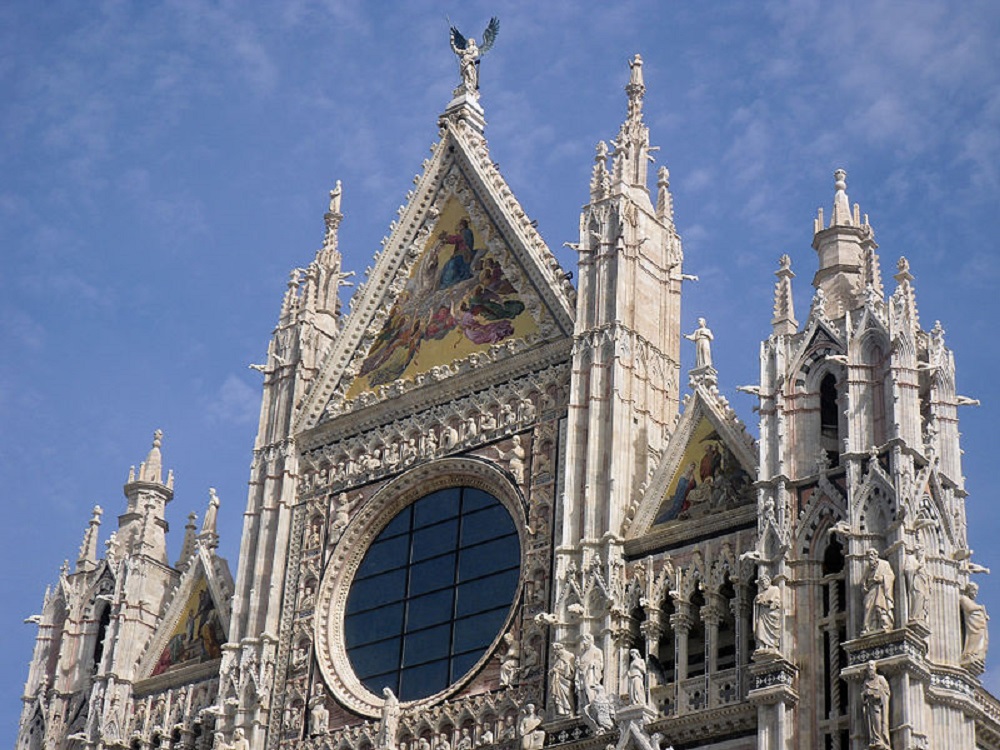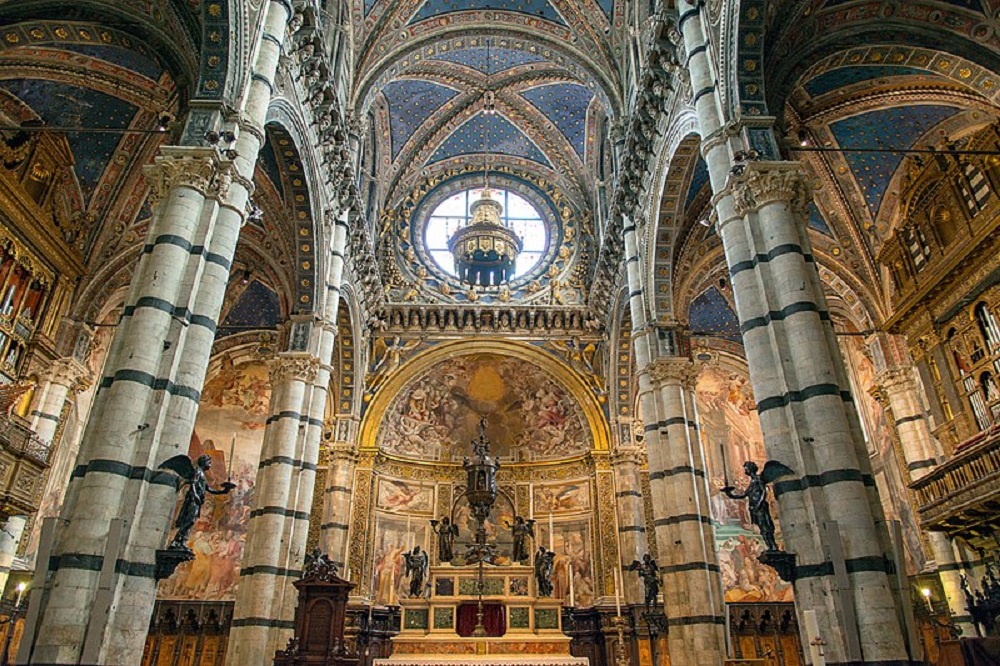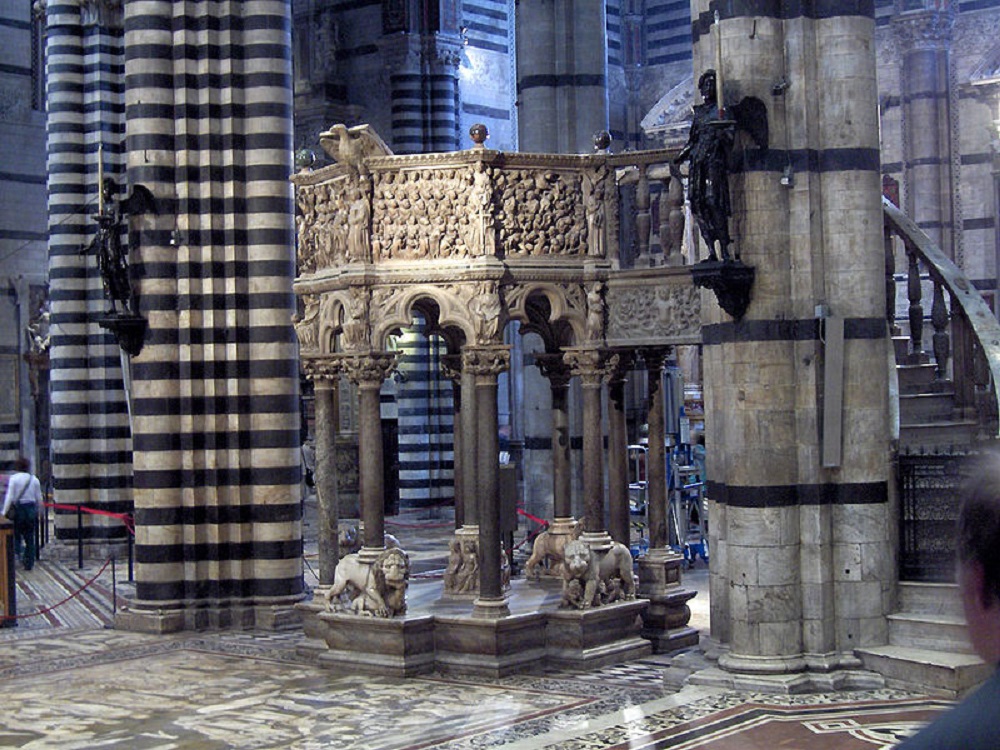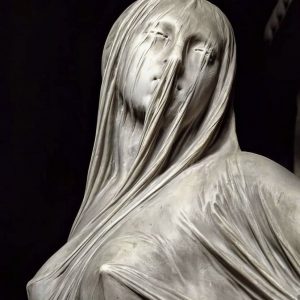The Metropolitan Cathedral of Saint Mary of the Assumption, also known as the Siena Cathedral (Italian: Duomo di Siena) is a medieval cathedral located in Siena, Tuscany, Italy. It forms part of a UNESCO World Heritage Site (Cultural), and is known as the Historic Centre of Siena.
The cathedral is dedicated to the Assumption of Mary, and broke ground in 1196. It was finally completed in 1348. There are four architects responsible for its construction, though the structure is shrouded in mystery and myth.
The first structure was a 9th-century church that combined with the bishop’s palace and became the present location. The first recorded use of the structure was in 1058, when a synod was held to elect pope Nicholas II. The deposition of the antipope Benedict X, was held at the same time.
An enlargement of the cathedral was planned in 1196, beginning with works on the north–south transept. The main and much larger body of the cathedral was planned to be built at a later stage, but this work was never accomplished.
By 1215 the cathedral was conducting daily masses. Construction that would have more than doubled the size of the structure was planned for 1339. Construction began with Giovanni di Agostino, a sculptor, directing.
Halted by the Black Death in 1348, it was already clear that basic errors in construction prevented the work from continuing. The cathedral construction was discarded and its outer walls are now evident to the south of the Duomo. The floor became a parking lot and museum. One of the walls can be accessed via a narrow flight of stairs to view the city.
A narthex (an antechamber to the western entrance) that contained important late 13th-century frescoes was excavated from underneath the choir of the Duomo in 1999–2003. This under-church section was filled with rubble when the baptistry was built, but is open to the public.
The belltower now features six bells. The oldest of the bells was cast in 1149.










